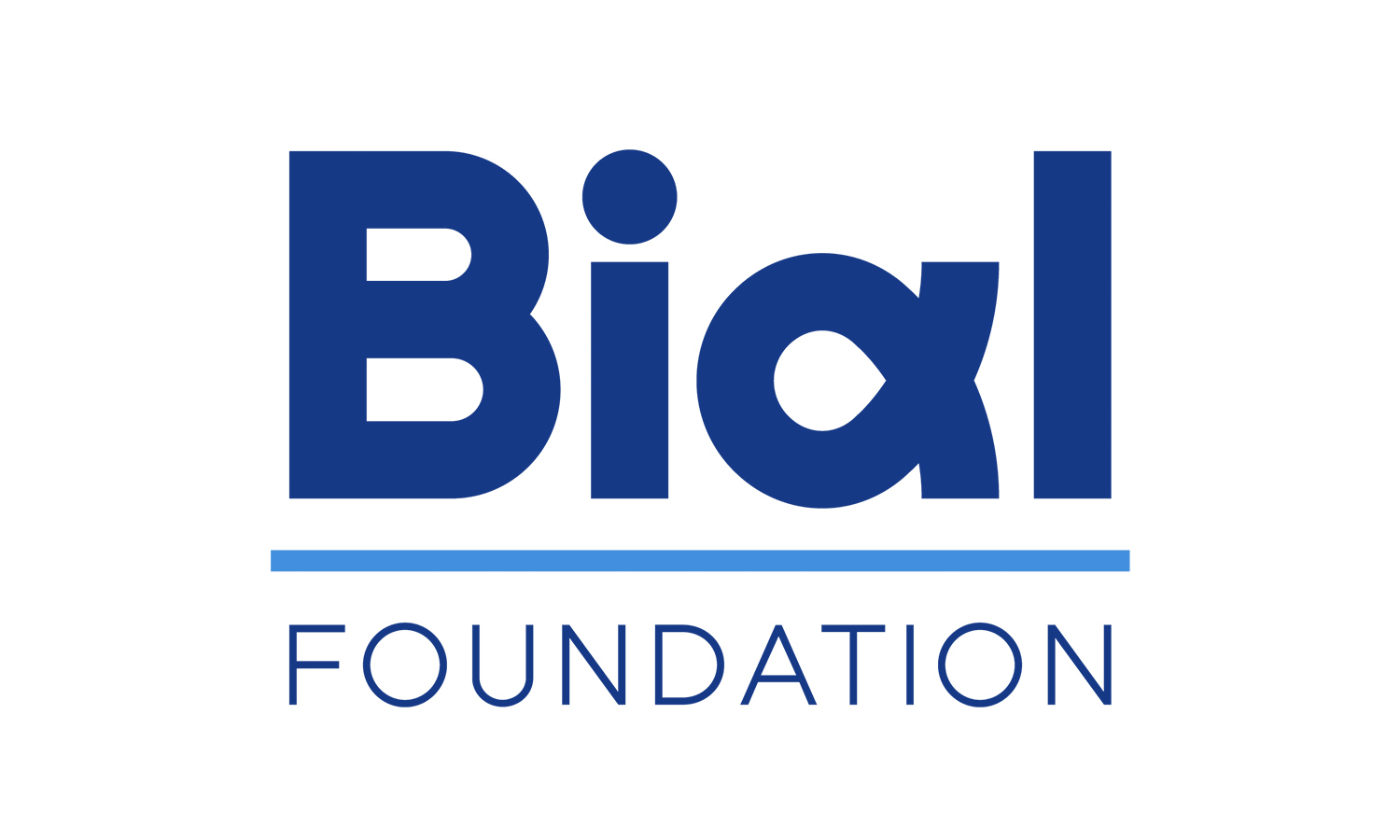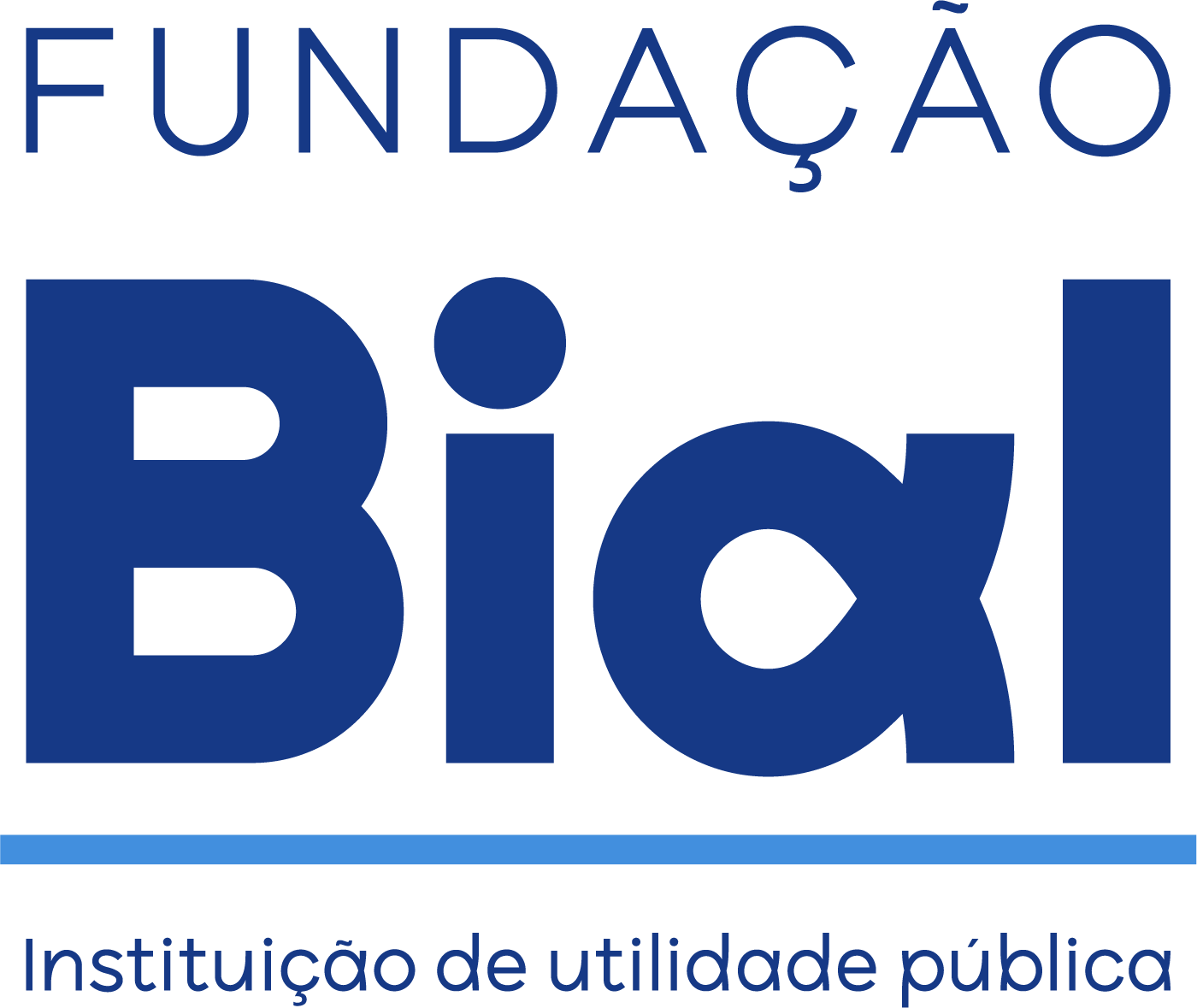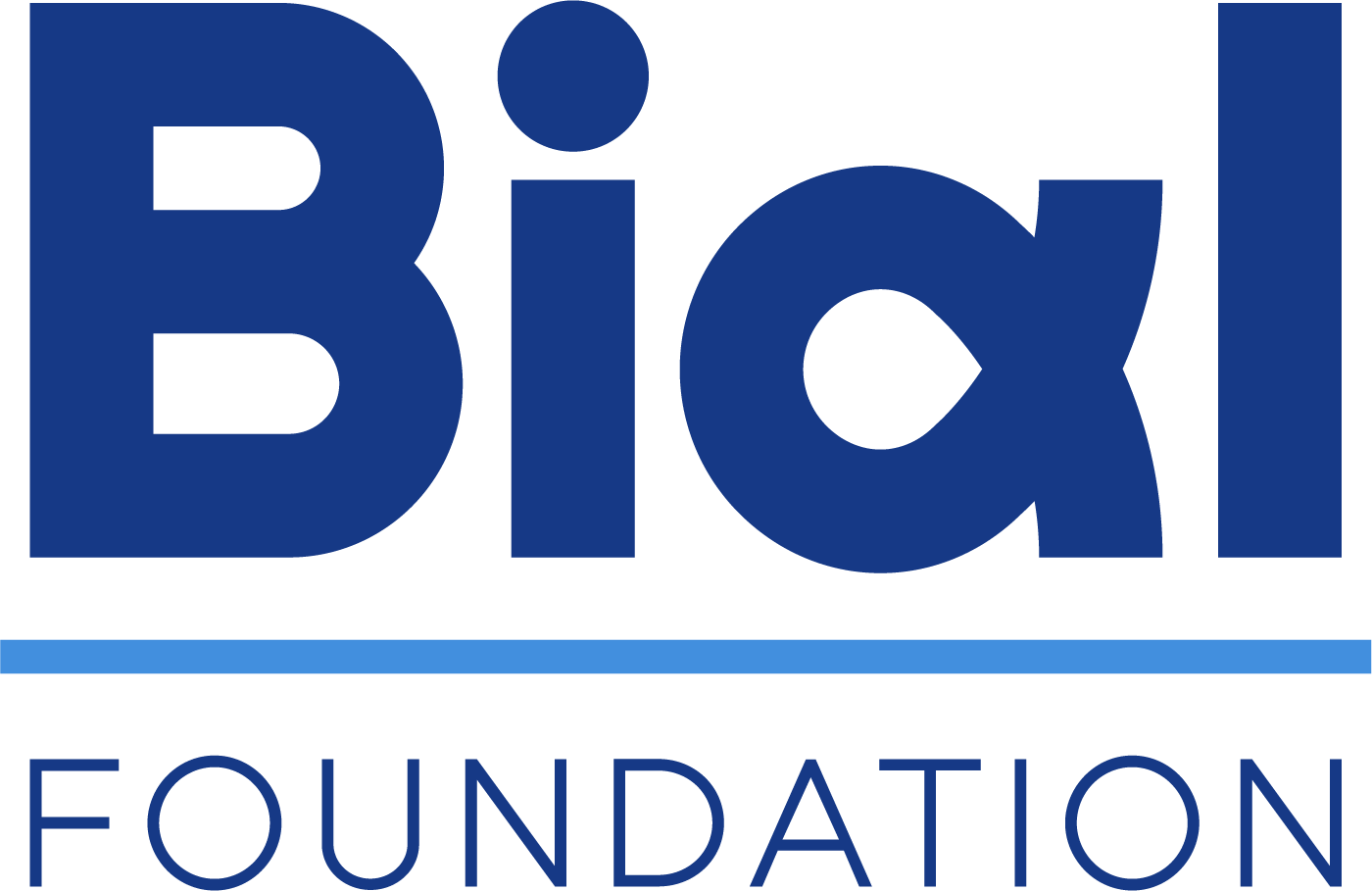News
- Science Stories
- Highlights
- Looking for collaboration
- Helpful links
- Logos
Science Stories
It is our mission being accomplished. Since 1994, the Bial Foundation has approved for funding 946 projects, involving around 1900 researchers from 31 countries. There are three decades of support to Scientific Research Projects oriented toward the neurophysiological and mental study of the human being, in the areas of Psychophysiology and Parapsychology.
Discover the stories behind the science.
Science Stories

People with more peace of mind are better at regulating emotions?
Research shows that people with higher levels of peace of mind are better at reinterpreting situations to regulate their emotions, rather than suppressing them.
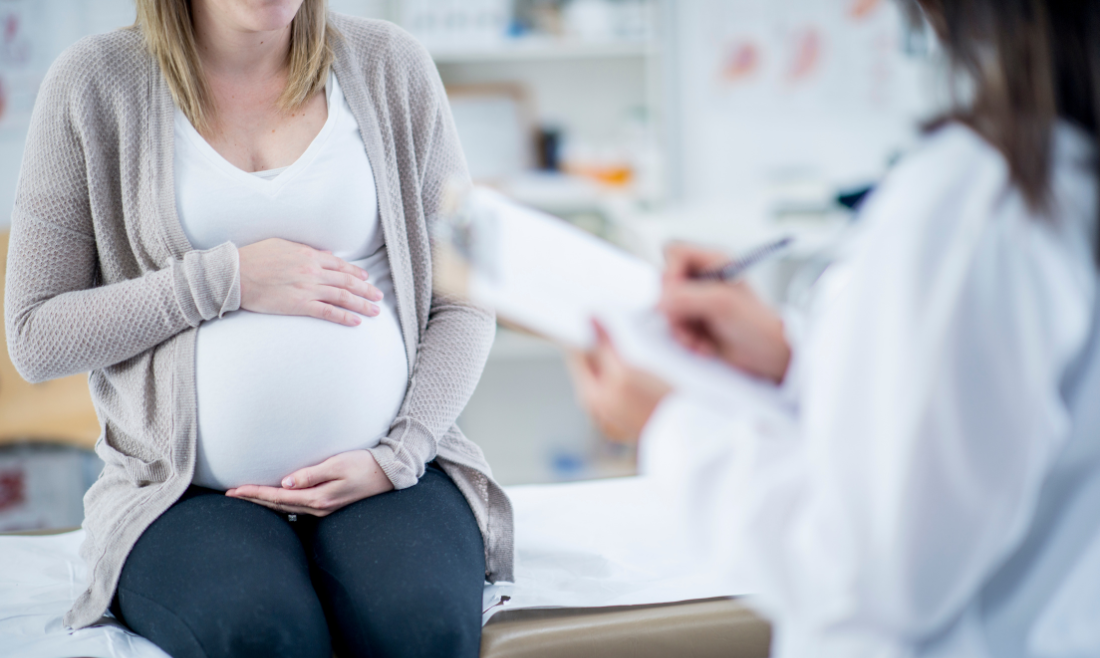
Mother's stress during pregnancy can impact children’s sleep in childhood
Study shows that mothers' psychosocial stress during pregnancy has negative associations with their children's sleep that persist across childhood.
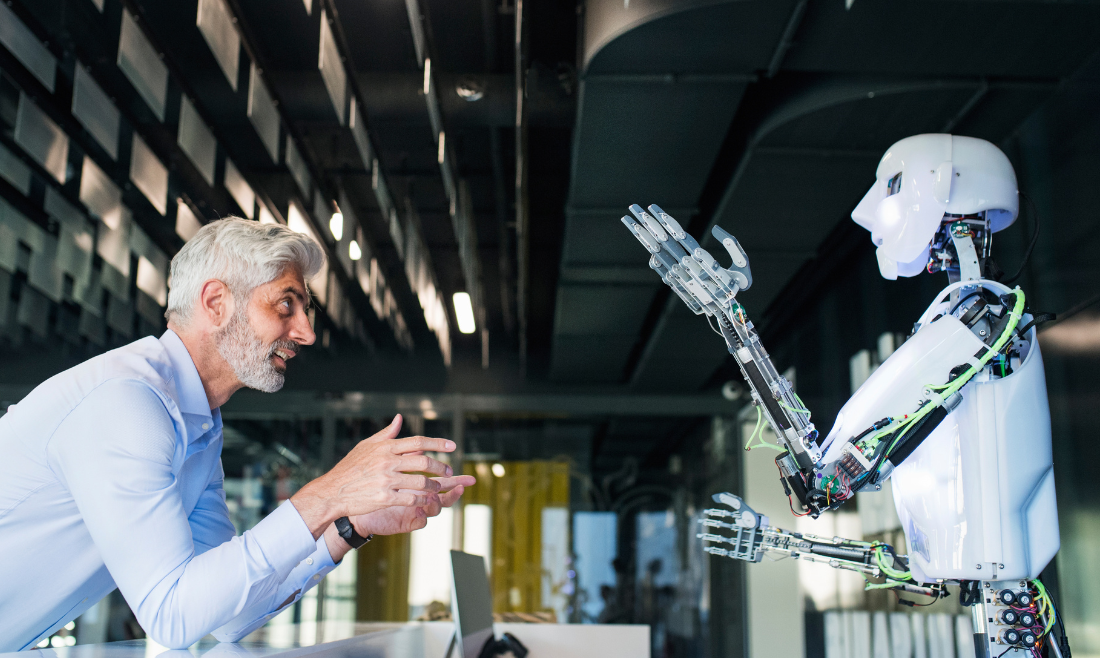
Do robots have to be human-like for us to trust them?
Recently published research assessed human trust when collaborating with eyed and non-eyed robots of the same type.

What do near-death experiences and psychedelic experiences have in common?
Researchers analysed the similarities and differences between a near-death experience and the experience induced by a psychedelic drug.

What interferes the most with our short-term memory?
Researchers performed experiments to explore the effects of changing-state vibrotactile sequences on short-term memory.

Can childhood trauma cause insomnia in adults?
Research has shown that adverse childhood experiences result in more dysfunctional ways of shame coping and increase the severity of insomnia in adulthood.
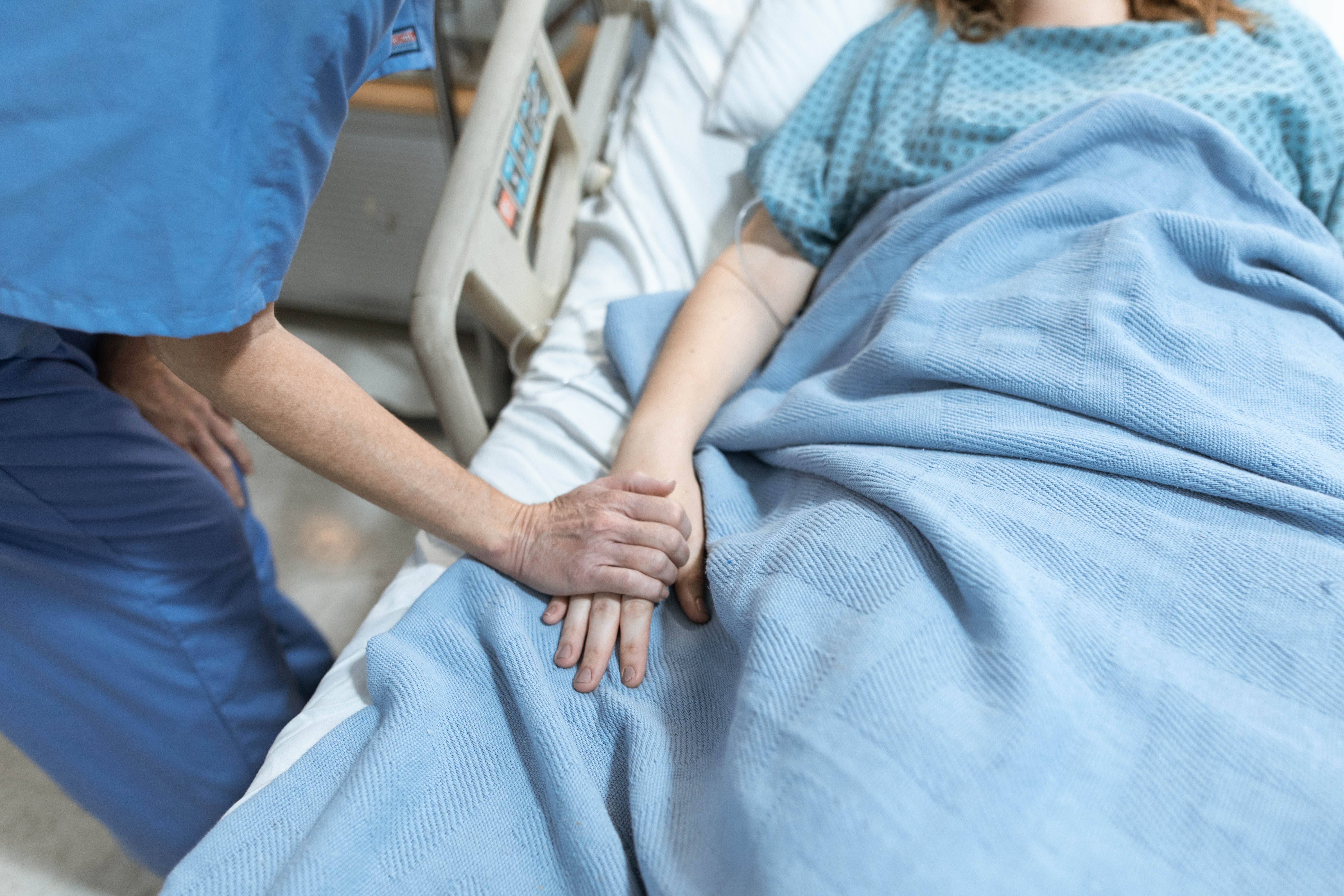
Near-death experiences among ICU survivors
Research with 126 patients admitted to ICU for at least 7 days reveals that 15% reported having experienced a near-death experience.
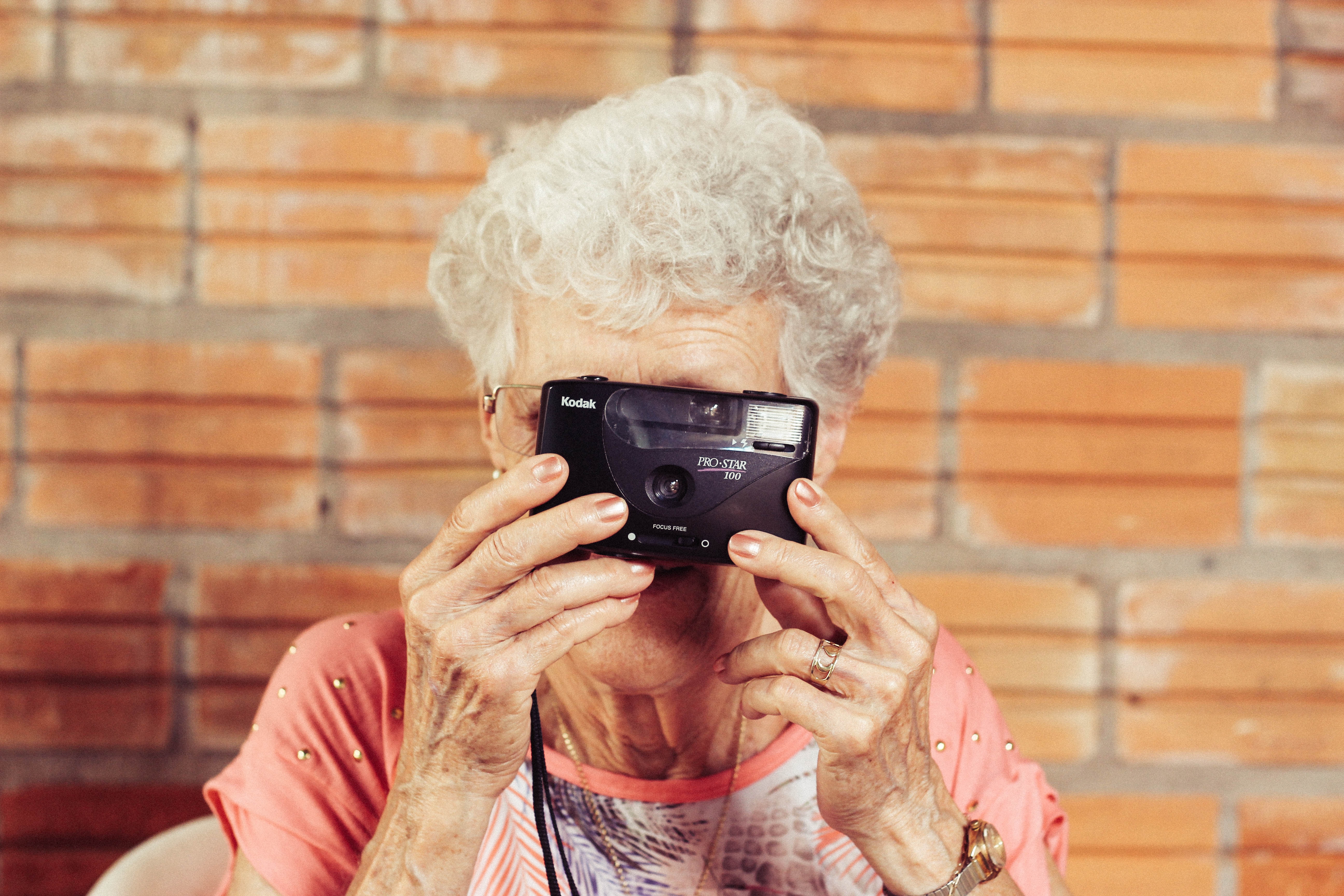
Elderly people can improve episodic memory by neurostimulation of the cerebellum
A study demonstrated that neurostimulation of the cerebellum led to improvements in episodic memory performance in healthy elderly individuals.

Does aging change the way we interpret face processing of emotion?
Study shows that aging may hamper the neural processing of facial expressions of emotion.

Hypnosis, meditation, and prayer: which is most helpful for pain management?
Researchers found that a single session of hypnosis and mindfulness meditation, but not prayer, may be useful for managing acute pain.

Does playing with parents at home make it easier for young children to adapt to preschool?
A study showed that children with higher levels of oxytocin adapt better to their preschool environment and that playing with their parents increases those levels.

Can gratitude buffer the negative effects of stress?
Researchers found that gratitude has a unique stress-buffering effect on both reactions to and recovery from acute psychological stress.
News

Why do some people remember their dreams and others don't?
Dreams are like windows into the mind, reflecting daily memories, beliefs, and concerns, while playing an essential role in learning, memory consolidation, and even our mental and physical health. Although almost everyone dreams, the ability to recall these experiences varies greatly from person to person. Research led by Giulio Bernardi sought to better understand this phenomenon by analysing the factors that influence dream recall. To do this, the team used a multimodal database that collected dream reports, personal characteristics, and cognitive, psychometric, and neurophysiological measures. The results point to three main factors that determine whether a person wakes up with the memory of the dream experience: attitude towards dreams, tendency to mind-wander, and sleep patterns. Additionally, the ability to recall dream details depends on resistance to interference and age. Interestingly, similar sleep patterns seem to favour both dreams with content and so-called "white dreams" - those we know we had, but whose content escapes us. This suggests that white dreams are real experiences, whose memories simply disappear upon waking. This study reinforces the idea that dreams are shaped by individual and momentary factors, opening new perspectives to understand their connection with memory and the human mind. This study was supported by the BIAL Foundation, in the scope of the research project 91/20 - Mentation report analysis across distinct states of consciousness: A linguistic approach, and published in the journal Communications Psychology - Nature, in the article The individual determinants of morning dream recall | Communications Psychology.
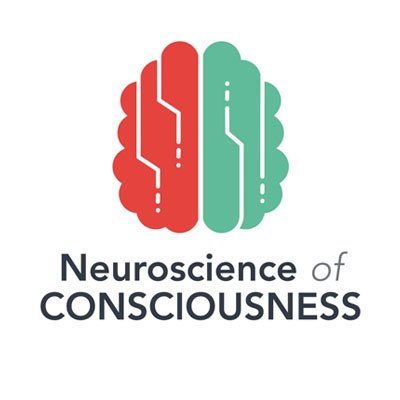
Can meditation change the way we face death?
The brain is constantly creating and updating models of reality, anticipating future events and adjusting to minimize surprises. Although this mechanism is essential for our adaptation, it can also lead to an unsettling awareness of mortality. To avoid this discomfort, the brain has developed automatic ways to distance death, attributing it to the "other" rather than oneself. A team led by Aviva Berkovich-Ohana investigated whether meditation could reduce this natural tendency to deny death. The study revealed that experienced meditators react differently compared to novices: instead of rejecting the idea of their own mortality, they seem to accept it more naturally. Thus, the results provide evidence that meditation can transform the way the brain processes death, shifting from denial to acceptance. Furthermore, this change was associated with greater well-being and advanced states of self-transcendence. This suggests that integrating meditation into clinical contexts could be a promising approach to dealing with the fear of death, complementing psychological and pharmacological therapies that more radically affect self-perception. This study was published in the journal Neuroscience of Consciousness, in the article Training the embodied self in its impermanence: Meditators evidence neurophysiological markers of death acceptance, as part of the research project 191/20 - Understanding the brain mechanisms of death-denial for fostering mindfulness-based existential resilience, supported by the BIAL Foundation.
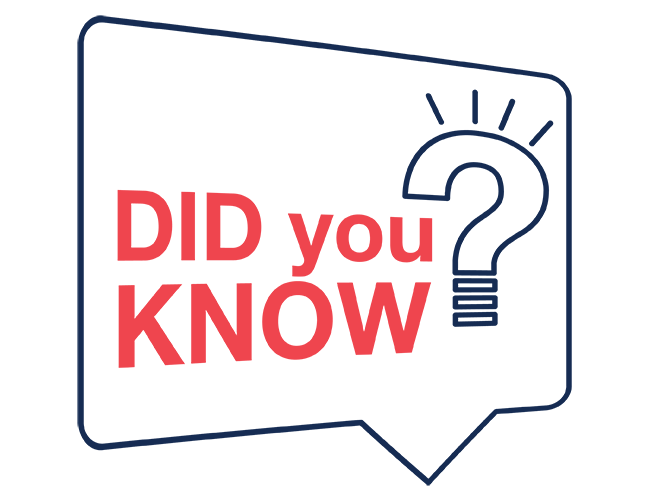
Did you know that some studies supported by the BIAL Foundation are among the most cited in the world?
The research funded by this Foundation has generated innovative discoveries with a significant impact on science. According to the most recent data, covering November and December 2024, 17 articles resulting from this support are part of the Highly Cited Papers group, meaning they rank among the top 1% most cited in their academic field and year of publication, according to the Essential Science Indicators (ESI). Among them, a study published in Science Advances stands out, exploring the dynamic patterns of the brain associated with consciousness, helping to better understand states such as coma and sleep. Another widely cited study, published in PLoS ONE, investigates the challenges of meditation and its psychological effects, a topic increasingly relevant in contemporary Western society. A study published in the journal Cortex explores whether the human brain, particularly the left frontal lobe, may act as a filter to suppress innate psi abilities, such as psychokinesis. An article in Biological Psychiatry outlines an essential roadmap on interoception – the perception of the body's internal signals – and its connection to well-being. Other widely cited articles analyze altered states of consciousness (such as meditation, hypnosis, and psychedelic experiences), the brain mechanisms of insomnia, and even the effects of COVID-19 on cognition. With hundreds of citations and growing impact, these studies reinforce the importance of the BIAL Foundation in understanding the human mind, paving the way for new scientific discoveries.
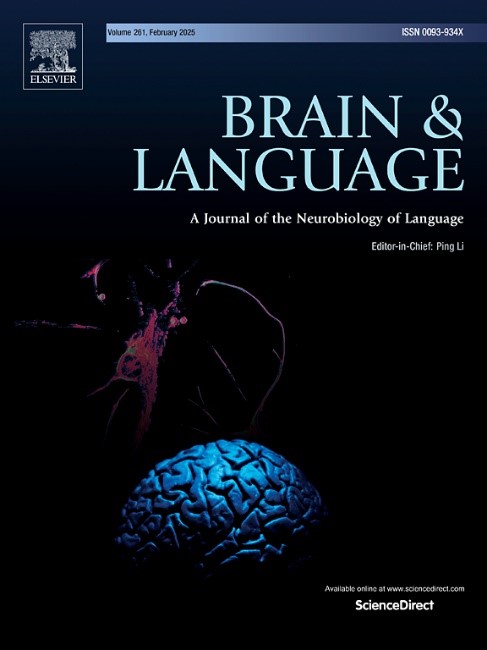
What happens in the brain when we say "No"?
Negation plays an important role in language, changing the meaning of sentences and the focus of our attention. Recent studies suggest that understanding non-action sentences, such as "She did not write the letter", involves brain areas responsible for movement control. In this context, Alessio Avenanti and collaborators investigated how reading affirmative and negative action and attention sentences affects inhibitory and facilitatory mechanisms in the primary motor cortex (M1), which controls movements. Using a technique called transcranial magnetic stimulation (TMS), they discovered that negated action sentences (like "did not write") decrease activity in the brain's motor areas, blocking action. However, non-action sentences, such as "She was not attentive", do not have this effect. Negated action sentences also reduce the activity of inhibitory circuits in the brain, regulated by the neurotransmitter GABAA, but do not affect circuits that facilitate brain activity. These findings help us better understand how the brain processes language and how this is connected to the movements we perform. This study was supported by the BIAL Foundation, in the scope of the research project 304/22 - Boosting and hindering action imitation by modulating spike-timing dependent plasticity, and published in the journal Brain and Language, in the article Exploring the impact of sentential negation on inhibitory motor networks: Insights from paired-pulse TMS.

Did you know that the human brain can study itself?
It seems like a paradox, but it's true! The brain, responsible for our consciousness and perception, has the unique ability to study itself. But how can an organ analyze itself? How can the brain serve as both the subject and the tool of its study? A recent review, led by Simone Battaglia, delved into these questions, combining philosophical and neuroscientific perspectives. In trying to understand itself, the brain faces a unique dilemma: how can a complex system analyze its functions without an external reference point? This dilemma is compared to the philosophical concept of "self-reference", where a system must define and understand itself from within. Another key issue is the dichotomy between scientific objectivity and the subjectivity of conscious experience. The study suggests that a complete understanding of the brain and mind requires an approach that integrates both aspects. Effectively, scientists combine advanced brain imaging techniques, such as MRI, which studies the brain at structural and functional levels, with introspection, the process of reflecting on thoughts and experiences. These complementary approaches allow for a deeper understanding of the mechanisms underlying consciousness and perception. Studying how the brain generates different states of consciousness can help identify signs of disorders such as depression or schizophrenia, and new ways to treat post-traumatic stress, for example. There is still much to discover, but these studies could pave the way for new insights into understanding and addressing the complexities of the human mind. This review was published in the scientific journal Physics of Life Reviews, in the article The paradox of the self-studying brain as part of the research project 235/22 - SPARKS: Driving associative plasticity in the cortically blind brain to promote recovery of visual awareness to promote recovery of visual awareness, supported by the BIAL Foundation.

How does the brain learn from rewards and punishments?
Our brains select the most important information and focus on it. To make decisions, they evaluate whether each stimulus is positive or negative. Positive stimuli encourage approach, while negative ones lead to avoidance, aiding in survival. The nucleus accumbens (NAc) plays a central role in this process, but the functioning of its neurons is not yet fully understood. The team led by Carina Soares-Cunha studied the D1 and D2 neurons in the NAc to understand how they distinguish stimuli and influence learning. Using advanced imaging in mice, they observed that associative learning (when a stimulus is associated with a reward or punishment), both types of neurons are activated and work together, but in different ways. However, when associations change, such as when a negative stimulus no longer has an unpleasant consequence, D2 neurons are essential for extinguishing that aversive association. Since difficulties in modifying negative associations are linked to anxiety and post-traumatic stress disorder, better understanding the function of D2 neurons may help develop new treatments. This study was published in the scientific journal Nature Communications, in the article Dynamic representation of appetitive and aversive stimuli in nucleus accumbens shell D1- and D2-medium spiny neurons, as part of research project 175/20 - The role of nucleus accumbens in the perception of natural rewards, supported by the BIAL Foundation.
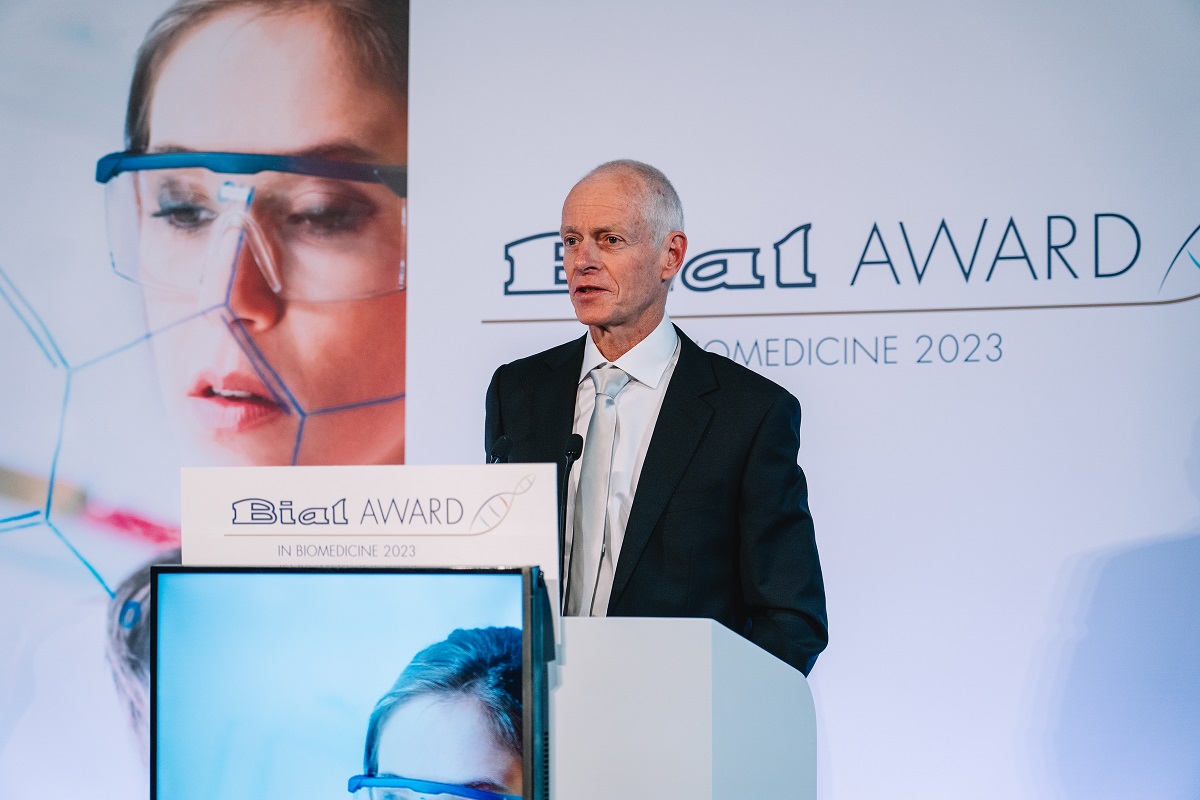
Interview with Ralph Adolphs: "Ambitious science is becoming more and more expensive"
The neuroscientist Ralph Adolphs (Caltech, USA), President of the Jury, challenges organised groups of scientists to nominate outstanding papers, underlining the significant increase in the prize amount to €350,000 and its growing reputation as a prelude to the Nobel Prize. He highlights the Award's altruistic nature and unique criteria, which continue to elevate the global recognition and impact of groundbreaking biomedical research. Nominations are open until June 30.
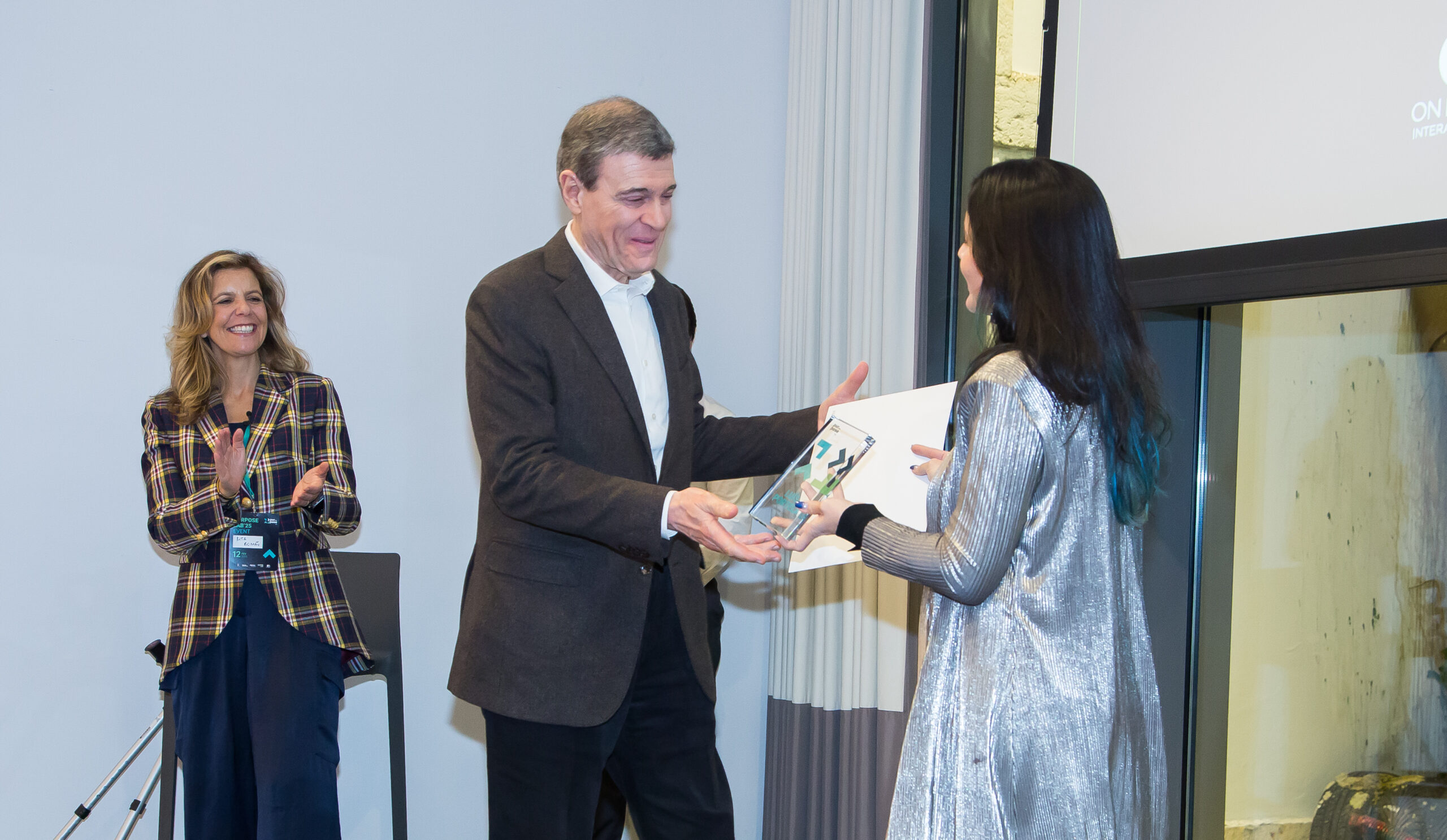
Luís Portela honoured with the Career with Purpose Award
The chairman of the BIAL Foundation, Luís Portela, was honoured with the Career with Purpose Award for his more than four decades of leadership of the pharmaceutical company BIAL.
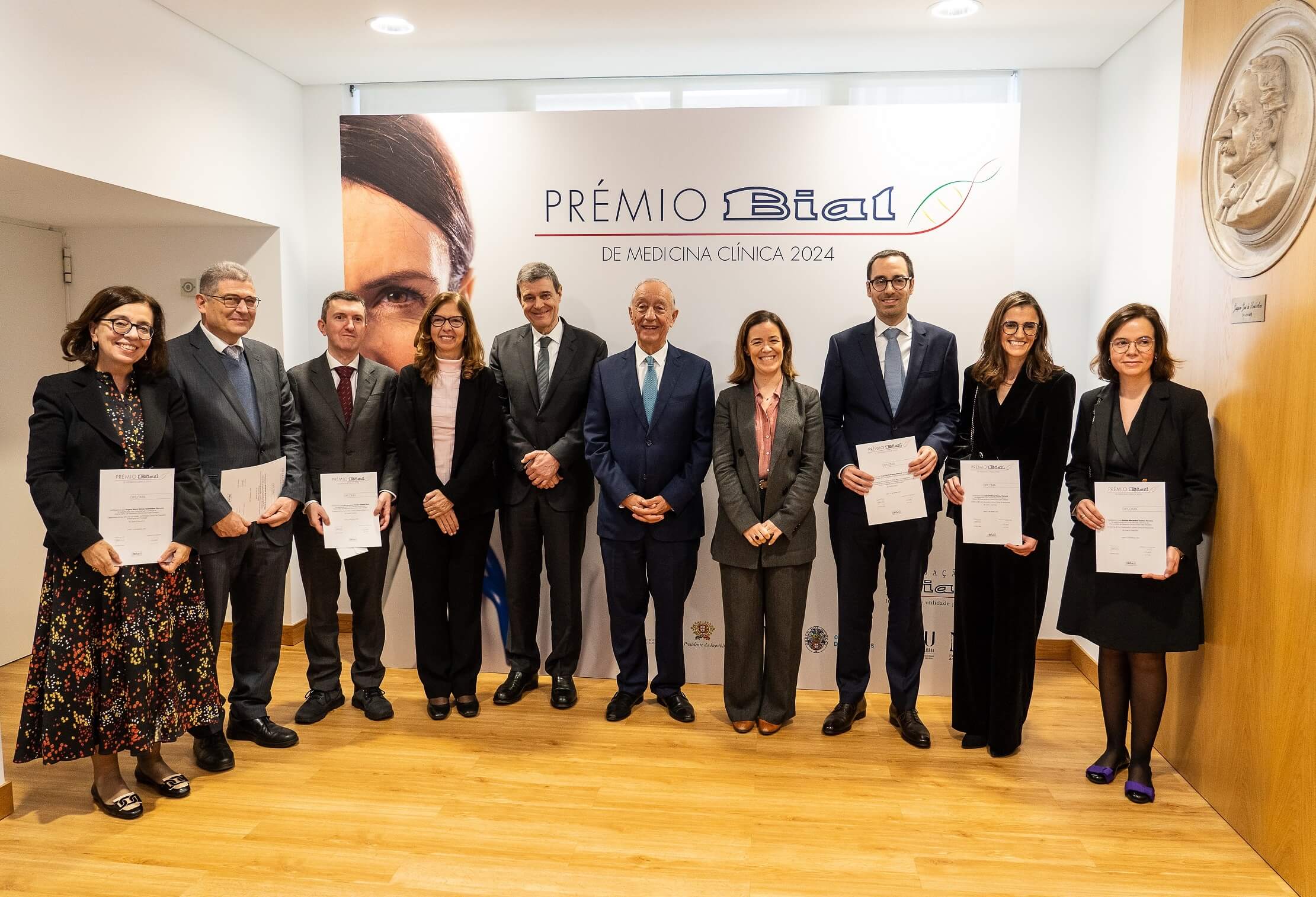
Research on Alzheimer's disease wins Prémio BIAL de Medicina Clínica 2024
Neuroradiologist and researcher Tiago Gil Oliveira was the winner of the Prémio BIAL de Medicina Clínica 2024, with the work ‘Uncovering the mysteries of brain regional susceptibility to neurodegeneration in Alzheimer's disease: from neuropathology to brain magnetic resonance imaging’, which identifies the brain regions differentially affected by Alzheimer's disease, contributing to a more accurate and earlier diagnosis of what is the most prevalent neurodegenerative pathology in Portugal and worldwide.

How does heart rate variability shape emotional brain networks?
Brain connectivity and autonomic function are closely related to emotional regulation, interoception, and autonomic stability. The Default Mode Network (DMN), associated with self-referential and emotional processes, and the insula, which plays a crucial role in interoception, emotional regulation, and autonomic control, are functionally interconnected. These two components often activate together during certain mental processes, suggesting a fundamental interaction between cognitive and emotional functions. To deepen the understanding of this interaction, a study led by Joana Coutinho investigated the functional connectivity between the insula and the DMN, also exploring its relationship with heart rate variability (HRV), an important marker of autonomic regulation. HRV is a measure of the autonomic nervous system's ability to respond to stress and maintain emotional stability, making it a relevant indicator for studying emotional regulation. The results showed a significant positive correlation between the functional connectivity of the insula and DMN, but no direct relationship was observed between this connectivity and HRV. This finding suggests that the interaction between brain connectivity and autonomic regulation is more complex than initially thought and may require more sophisticated models to be fully understood. Therefore, these results highlight the importance of future studies for a more detailed understanding of the brain circuits involved in modulating heart activity, which could lead to the development of more effective therapeutic strategies, especially for clinical populations with alterations in these processes. This study was supported by the BIAL Foundation, in the scope of the research project 87/12 - Neurobiological correlates of empathy in couples: A study of central and peripheral measures, and published in Brain Sciences, in the article Examining Insula – Default Mode Network Functional Connectivity and Its Relationship with Heart Rate Variability.

Prémio BIAL de Medicina Clínica 2024: Award Ceremony
The winning work of the Prémio BIAL de Medicina Clínica 2024 and the honorable mentions will be announced in the Award ceremony that will take place on February 12, 2025, at 11 a.m. in Lisbon, and will be held in a hybrid format, so everyone can watch online. The event will be chaired by the President of the Republic.

How does the brain represent the human body: Vision, language, or both?
Recent research suggests that two processes may coexist in the brain's representation of the human body: one based on visuo-spatial information and the other on linguistic information. This model postulates that, in addition to relying on visual perception to understand the relationships between body parts, we also use information derived from language. A study conducted by Luca Rinaldi and collaborators explored this idea by directly investigating whether these two forms of representation - perceptual and linguistic - truly coexist. To do so, the researchers used distributional semantic models (DSMs), computational tools that analyse texts to identify how words (and, in this case, body parts) are related in language. For instance, words like "hand" often appear associated with "arm" or "finger" in texts. These linguistic relationships were used to construct a body map based on the semantic distances between different body parts. To test this linguistic map, the researchers conducted two behavioural experiments. In both, participants had to evaluate the proximity between body parts presented as words or as images. The results showed that both perceptual information (based on vision) and linguistic information (extracted from language) influenced participants' performance. In other words, linguistic representations complemented visual ones, suggesting that the brain uses both sources of information when mentally processing and organizing the human body. These findings support theories arguing that mental representations combine perceptual and linguistic information. Thus, our understanding of the human body depends not only on what we see but also on how language structures that understanding. This study was supported by the BIAL Foundation, in the scope of the research project 13/22 - RE-thinking the role of the spatial memory system in cognitive MAPs (acronym: REMAP), and published in the Journal of Cognition, in the article A Body Map Beyond Perceptual Experience.
Looking for collaboration

The quest of physiological markers for the experience of pain
Researcher: Elia Valentini - Department of Psychology & Centre for Brain Science, University of Essex Summary: The aim of this project is to improve measurement of the human experience of pain by investigating a combination of psychophysical and physiological responses during mild noxious stimulation. More specifically, we want to investigate how sensitive and specific to pain the brain oscillatory responses are. We use EEG as the main technique, but we are keen to collaborate with neuroscientists using fMRI, autonomic measures and brain stimulation as well as with computational neuroscientists. A clinical collaborator would also be very much welcome.

EEG investigation of hypnosis and decision-making
Researcher: Rinaldo Livio Perri - University Niccolò Cusano Rome, Italy Summary: I work in the field of hypnosis and cognitive neuroscience. In particular, I adopt the event-related potentials (ERPs) to investigate the effect of the hypnotic suggestions on sensory processing and cognitive performance. I am an expert in decision-making and proactive brain processes before the stimulus administration (e.g., the perceptual, prefrontal and premotor readiness during the expectancy stage). I could help colleagues to properly analyze the ERP signal in the pre-stimulus stage of processing. Also, I would be happy to share my EEG data for re-analyzing them in the frequency domain (e.g., wavelet or coherence analysis in the hypnosis research). Feel free to contact me for any question! More information on my papers: https://scholar.google.it/citations?user=-8e_V64AAAAJ&hl=it Possible collaborations: neuroscientist with experience in the EEG frequency analysis Email: perri.rinaldo@gmail.com

Transparent Psi Project - looking for collaborators
Summary: We are running a fully transparent, expert consensus-base multilab replication of Bem’s (2011) experiment 1. The project features state of the art methods to maximize transparency and study integrity. The study involves a computerized experiment taking about 20 minutes per session. Group testing is possible in a computer lab, no specialized equipment needed. Labs are expected to recruit at least 100 participants. Participants will be exposed to images with explicit erotic/sexual content in the experiment. No financial compensation is required for the participants. Data collection is expected to take place in the 2020 fall semester. Every material is provided for ethics/IRB submissions and data collection in English (translation of materials might be necessary by the collaborators). The study is pre-registered and the manuscript is accepted in principle for publication in the journal Royal Society Open Science. All collaborators who meet the minimum sample size criterion will get authorship on this paper reporting the results of the replication study. More information in the preprint: https://psyarxiv.com/uwk7y/ Indicate interest in the collaboration via the following form: https://tinyurl.com/tpp-labs With any question contact the lead investigator: Dr. Zoltan Kekecs, kekecs.zoltan@gmail.com

Cognitive control and learning
Researcher: Ignacio Obeso, Ph.D. / CINAC - HM Puerta del Sur Summary: The aim of our projects is to understand the behavioral and neural mechanisms used to learn how humans establish adaptive behaviour in changing contexts. More specifically, we want to decipher how stopping abilities are initially learned and later executed under automatic control. We use task-related fMRI, brain stimulation and clinical models to test our predictions in laboratory settings as well as online home-based paradigms. Possible collaborations: computational scientist Email contact: i.obesomartin@gmail.com https://iobesomartin.wixsite.com/cognitivecontrol
Find here some links to other Foundations, Organizations, Societies and more that you might be interested in.
- BrainFacts.org
- Cognitive Neuroscience Society
- Dana Foundation
- European Brain Council
- European Society for Cognitive and Affective Neuroscience (ESCAN)
- Federation of European Neuroscience Societies (FENS)
- Human Brain Project
- IANDS International Association for Near-Death Studies
- Institut Métapsychique International (IMI)
- Instituto de Psicologia Paranormal
- International Behavioral Neuroscience Society (IBNS)
- International Brain Research Organization
- IONS Institute of Noetic Sciences
- Kavli Foundation
- Koestler Parapsychology Unit
- Open Sciences
- Organization for Human Brain Mapping (OHBM)
- Parapsychological Association
- Psi Encyclopedia
- Rhine Research Center
- Sociedade Portuguesa de Neurociências
- Sociedade Portuguesa de Neurologia
- Society for Neuroscience
- Society for Psychical Research
- Society for Scientific Exploration (SSE)
- World Federation of Neurology

